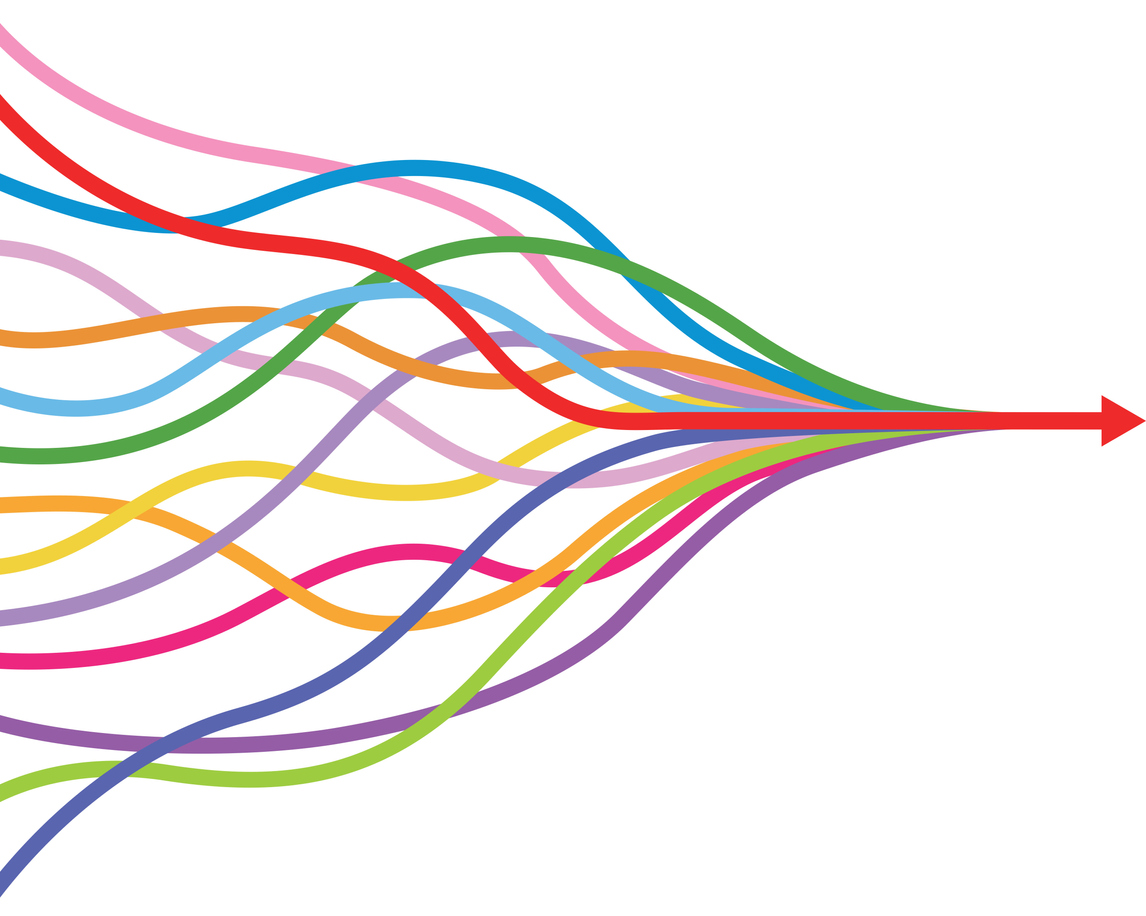SAP Acquires Signavio: What Does That Mean for Signavio Customers?
At the end of 2020, we predicted that this year would see major acquisitions and mergers in the automation space. Before the opening month of the new year concluded, the first domino fell.
On January 27, 2021, it was announced that SAP was acquiring Signavio, a prominent intelligent business process management solution (iBPMS). Signavio’s acquisition by SAP – a major global software provider best known for ERP (enterprise resource planning) implementations in the manufacturing and supply chain space – will undoubtedly have ramifications for SAP, the general RPA (robotic process automation) software landscape, and of course, Signavio’s existing customers.
What Does Signavio’s Acquisition Mean for SAP?
SAP has a strong brand that is well-known and respected in the markets and industries they serve. Their brand is mostly associated with their classic ERP offering. While SAP has gone through reinventions to modify how they’re perceived – through various other acquisitions and new products that they’ve bundled into their solution– their brand identity is anchored in the legacy ERP category.
As most of, if not all companies, have realized that the future of work is the synergy of humans and machines, SAP also entered the automation space capped with their Intelligent Robotic Process Automation product.
It’s only logical to assume that Signavio’s process modeling, analytics, and workflow automation capabilities have been earmarked to augment SAP’s own automation push and arguably motivated the acquisition in the first place.
What Does Signavio’s Acquisition Mean for the Automation Market?
This first acquisition will naturally have a ripple effect across the entire automation space. We predicted that there would be a rapid consolidation of providers in the automation landscape. SAP’s acquisition of Signavio is simply the first of more to come within the next 18-36 months.
This initial move's most probable outcome will be the acceleration of other pending mergers and acquisitions from similar legacy enterprise software providers like IBM, Oracle, or Salesforce, for example.
What Does SAP’s Acquisition Mean for Signavio and Their Customers?
Whenever organizations consider enterprise software, they can fall into two categories: those that prefer large platforms and providers like SAP, and those that embrace smaller, independent best-of-breed companies like Signavio.
Signavio’s customers will most likely fall into the same two categories in response to SAP’s acquisition. There will be those that welcome the leadership and direction of a legacy heavyweight and those that feel disillusioned by the move.
The customers who will feel apprehensive about SAP acquiring Signavio will do so because when they made their decision and procured Signavio’s solutions, they weren’t just buying the iBPMS provider’s products; they were also buying their vision, innovation, and ability to deliver value rapidly.
Now, that independent ability to innovate and stick to an autonomous vision and roadmap comes under question. Will Signavio operate as an independent entity, or will it and the product’s evolution be swallowed by SAP, where the latter’s needs are prioritized to serve and enable their own automation capabilities?
For the Signavio customers asking themselves the same thing in fear that they’ve lost a main value point in the software they purchased, there’s another best-in-class solution available with the independent vision and execution to continuously deliver value quickly. Blueprint’s Business Transformation Platform is the world’s most powerful automation design and management solution available on the market.
With an intuitive, easy-to-use process editor in a centralized repository with unlimited users, all stakeholders can converge to design business processes. Integrations with the leading process/task mining, discovery, and RPA tools, also position Blueprint’s Enterprise Automation Suite as the only solution available that actually enables automation at scale, in large part due to the seamless generation of Digital Blueprints.
Digital Blueprints are at the core of the Blueprint platform and are much more than just process flows for your automations. They’re where you capture all of the critical design details for bots, like mapped dependencies, to build high-performing, robust digital workers that maximize RPA uptime and the business value they deliver.
Blueprint also delivers the mechanisms to better govern and manage change for automations while also providing the executive-level visibility for the constant and transparent insight into the health of your automations.
For a quick run-through of all the capabilities that can maximize the value of your automations and business process management efforts, download the Blueprint Business Transformation Platform datasheet now.
Share this
Recent Stories

Blueprint to Present Best Practices for Scaling Digital Process Automation at Upcoming CIO & IT Summit Event

RPA Lifecycle Management



